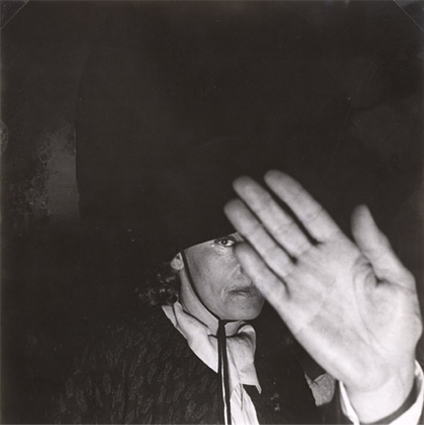''Exposed: Voyeurism, Surveillance and the Camera” is the come-hither title of Tate Modern’s new show, which purports to explore “the nature and character of invasive looking” and “the uneasy relationship between making and viewing images that deliberately cross lines of privacy and propriety”. The exhibition includes many startling, troubling and extraordinary images, drawn from many different corners of the history of photography: Walker Evans’ snapshots of exhausted New York subway passengers, surreptitiously photographed in the 1950s; Brassai’s subtly appalling quadriptych of pictures shot from an upper-storey window, A Man Dies in the Street; Weegee’s Their First Murder; Henri Cartier-Bresson’s famous picture of defiantly grinning Latin American whores, Prostitutes, Calle, Cuauhtemoctzin, Mexico City; Richard Avedon’s revelation of Andy Warhol’s surgery-scarred torso; Eddie Adams’ Viet Cong Officer Executed; and many, many more.
So why does this show as a whole come across as such a shoddy, lazy, resoundingly dull enterprise? Part of the problem is that its founding premiss is so blindingly obvious that the entire enterprise was at risk, from inception, of feeling like an unnecessarily elaborate waste of time and energy. Of course photography is an inherently voyeuristic medium. Of course photographers have collectively created some of the most unsettling and alluring images of atrocity and celebrity alike. Now tell us something that we did not know already. Find more to do with your sledgehammer of a thousand images than crack that one nut.
The show’s failure to rise above stating the obvious is compounded by its bizarre failure to do even that particularly well, despite occupying what soon comes to seem an interminable labyrinth of rooms, hung densely at almost every point with a plethora of photographs. Its mantra might be Robert Frank’s acerbic one-liner, poided between gleeful celebration and glum warning: “You can photograph anything now”. But while...


